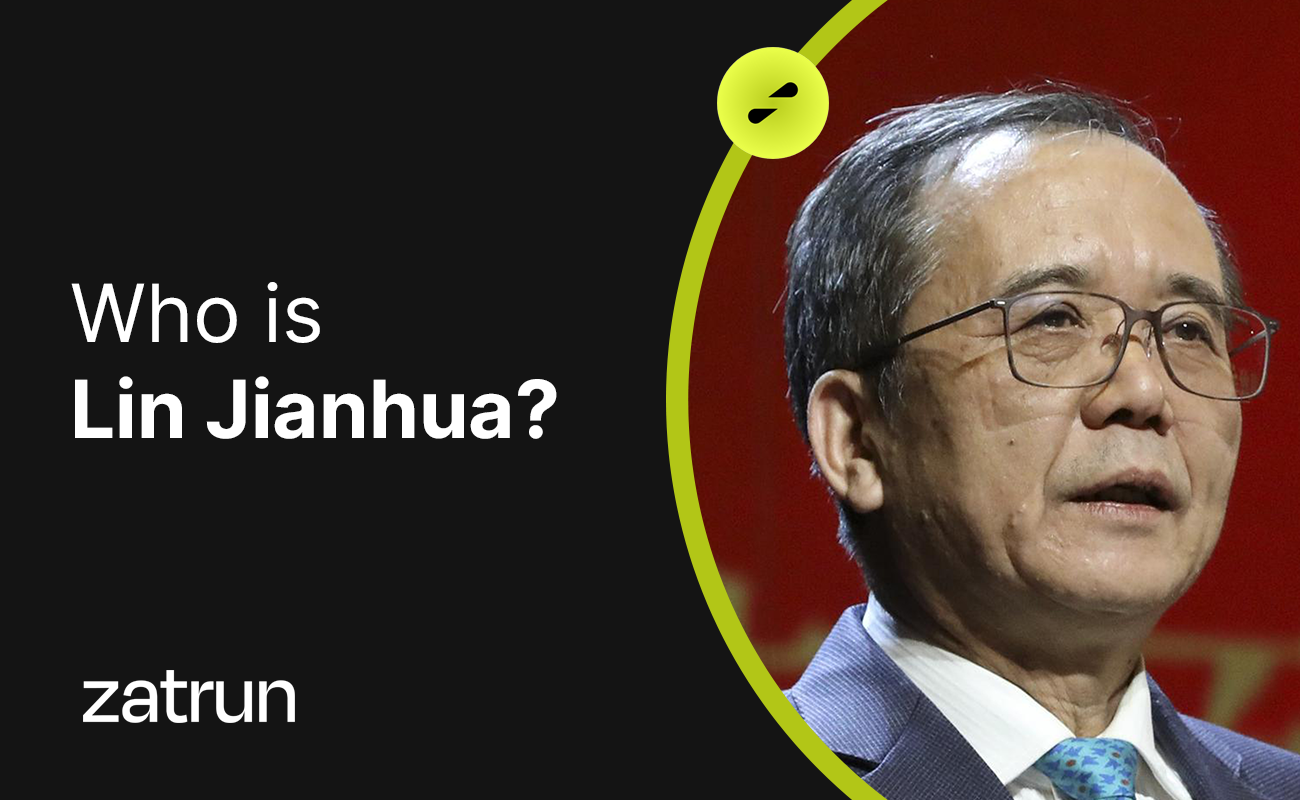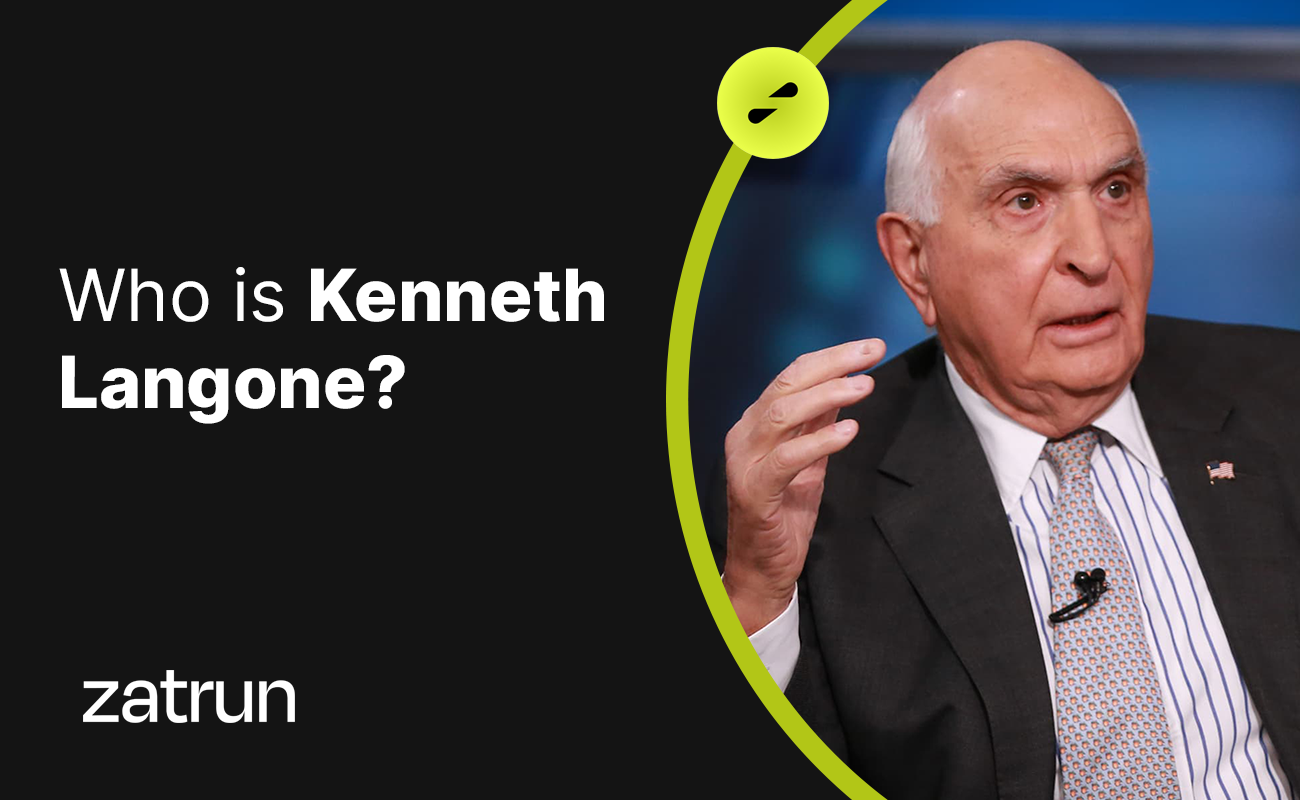When comparing different exchanges, one of the most used terms is liquidity (LIQ). While factors such as security and fees are also crucial to consider in cryptocurrency price characteristics, LIQ has an enormous impact on one’s ability to access a fair price for their crypto assets. In this article by Zatrun.com, you can find everything you need to know about this financial measure.
What is liquidity (LIQ)?
Liquidity is an effective measure of the ability to buy or sell a particular asset at its current reasonable value. For example, if you have a certain amount of Bitcoin and want to exchange it for US dollars, there must be enough demand on the other side of the order for you to sell at the current exchange rate.
If you want to sell $1 million worth of Bitcoin and there is only $500,000 worth of buying orders close to the current market rate, then you will sell your Bitcoin at a lower price than what is generally accepted.

Furthermore, your selling order will also decrease the current price of Bitcoin since there isn’t enough buying order at the price you requested. The phenomenon of not being able to buy or sell a particular asset in large volumes at the market price is known as “slippage” in the market.
Cash is considered the most liquid asset in the world because it can be used to purchase anything without slippage. Bitcoin was intended to be a form of digital cash. However, it still lacks a place close to LIQ levels found in fiat currencies such as the US dollar.
LIQ and Volume are Two Different Things
Liquidity is often confused with volume, but they are fundamentally two different things. There is a close relationship between LIQ and volume, but high volume does not necessarily mean high liquidity.

Trading volume is a measure of the value of transactions made within a specific period and is typically measured daily. On the other hand, liquidity is concerned with buy and sell orders currently on the order book. In other words, volume is a measure of transactions that have already taken place, while LIQ shows the buying and selling bids currently accepted on the exchange.
Does Higher Trading Volume Bring More Liquidity?
There is no direct link between trading volume and liquidity. However, a high-volume exchange is likely to attract more traders. When it comes to crypto exchanges, network effects are significant. Everyone wants to be in the most liquid markets on the exchange.

High trading volumes attract new traders to a cryptocurrency. This leads to more buy and sell orders being placed. Thus, a higher level of liquidity is achieved. Higher volumes and more users generally mean that the exchange can offer better fees and rates, which compounds its effect and increases the value they offer compared to other exchanges.












